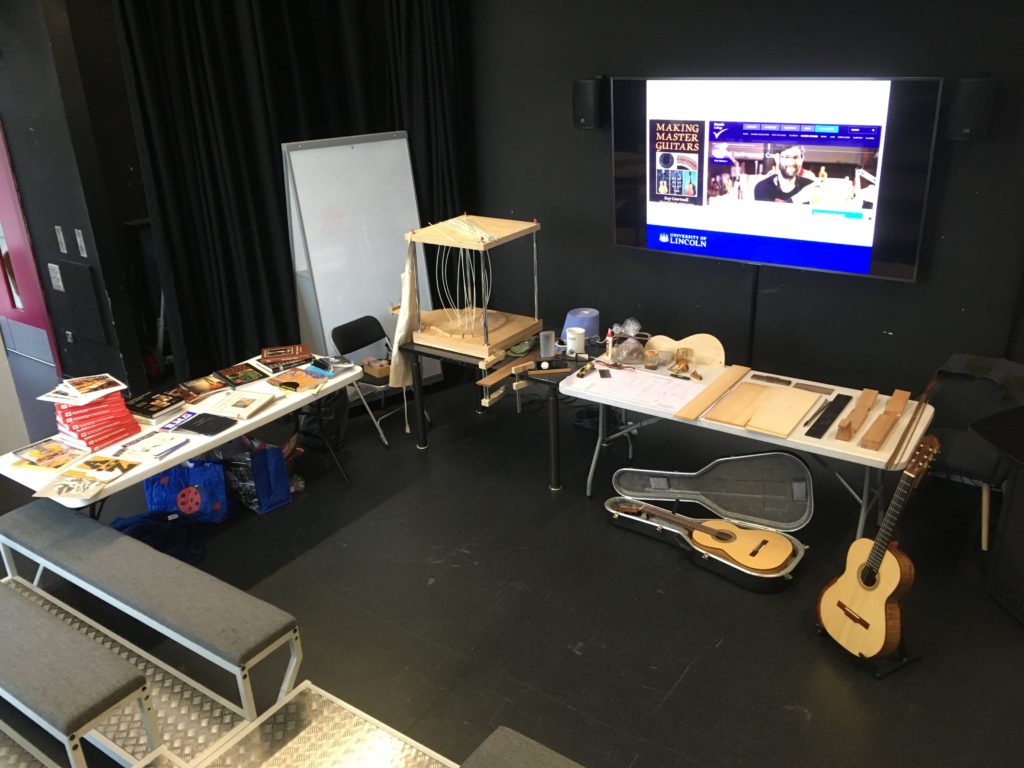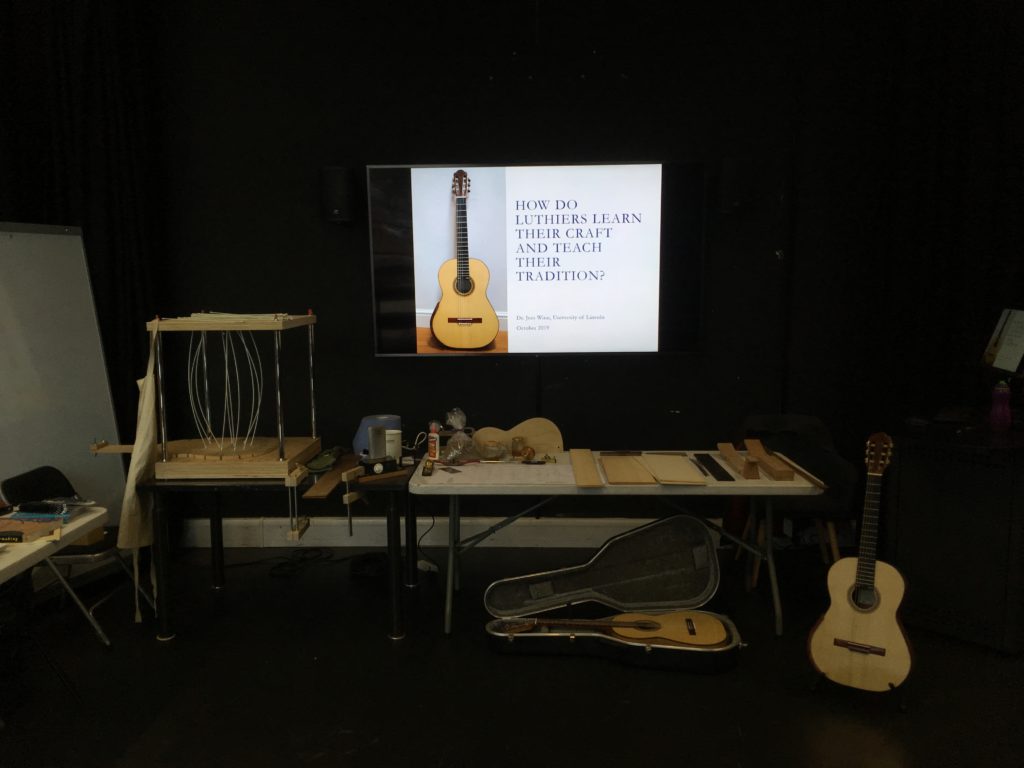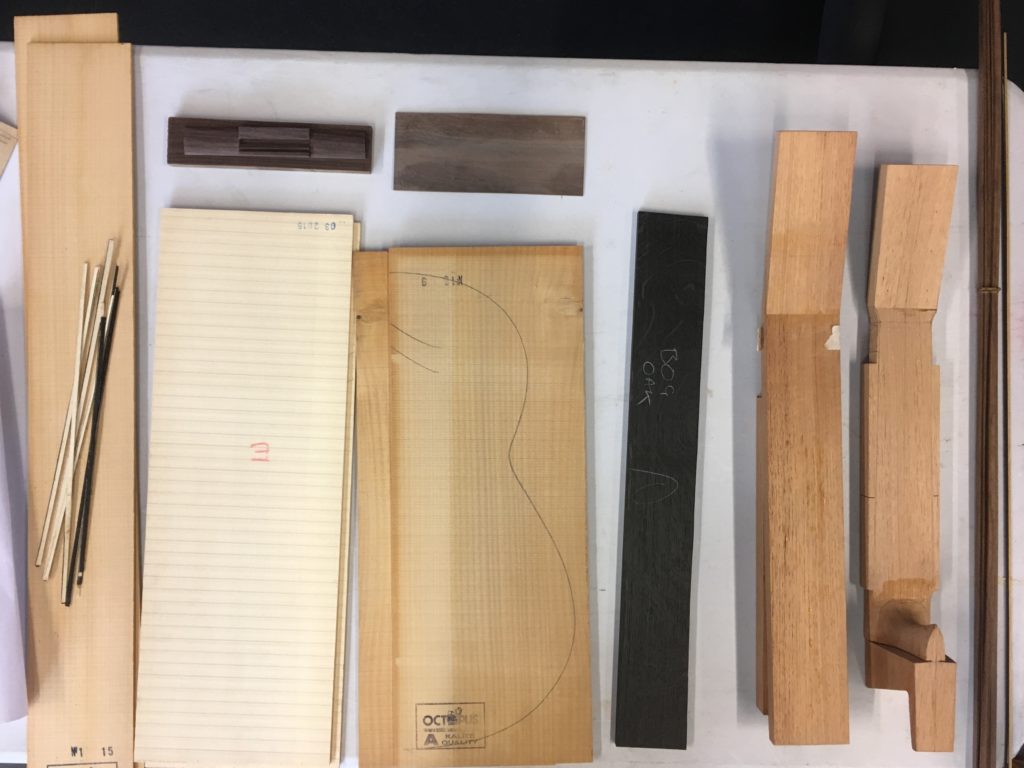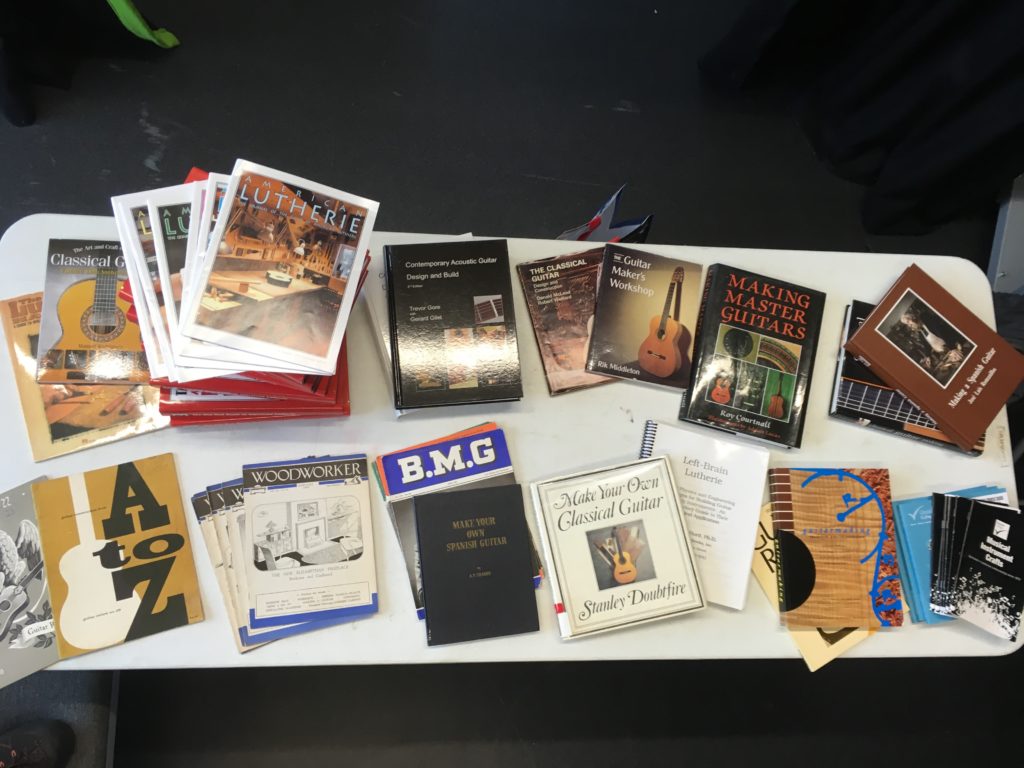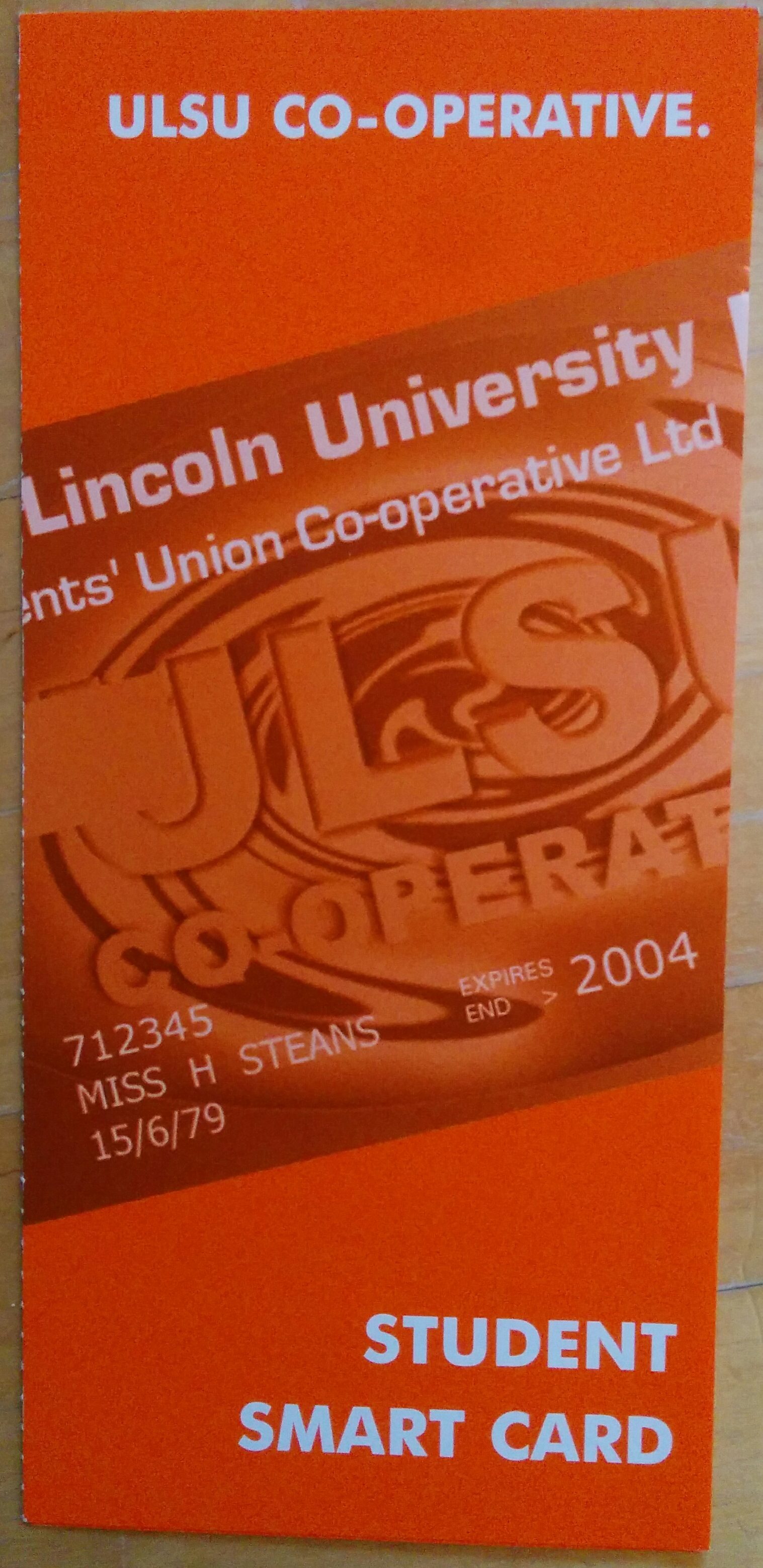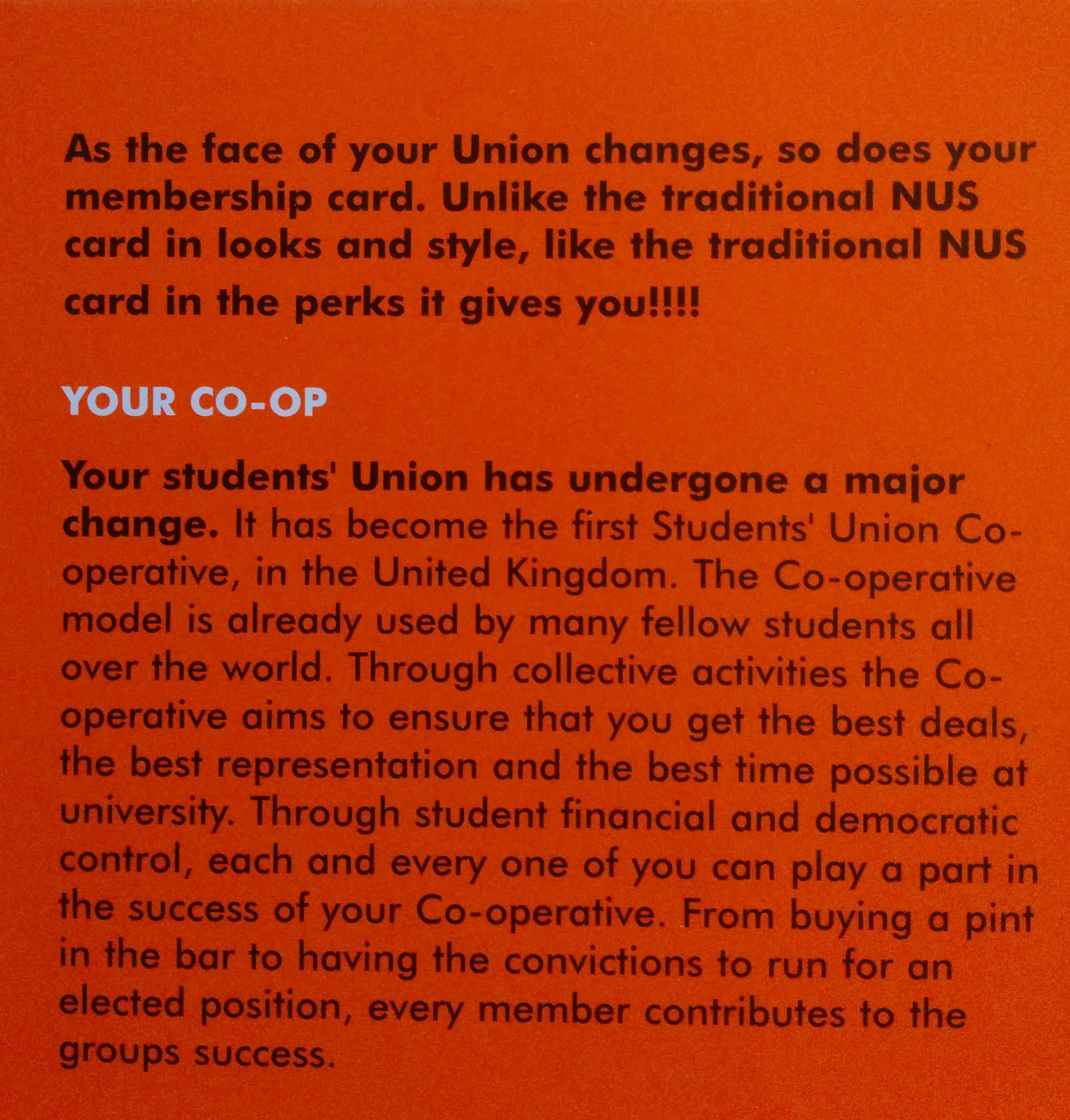On Saturday 5th October, I took part in Lincoln Fun Palace.
“Fun Palaces is an ongoing campaign for cultural democracy, with an annual weekend of action every October. The campaign promotes culture at the heart of community and community at the heart of culture. The weekend of action uses the combination of arts, craft, science, tech, digital, heritage and sports activities, led by local people for local people, sharing their own passions and skills, as a catalyst for community-led transformation, with active participation for all ages.”
My contribution was ‘How to Make a Spanish Guitar’.
“Do you know how a guitar is made? How do you learn the knowledge and skills to make a guitar? Where do you start? This session will show you how an acoustic guitar is made and discuss the different ways people teach and learn the craft of guitar-making.”
I took a range of items from my workshop, including specialist tools such as bending iron, circle cutter, go-bar deck, hide glue and small planes as well as all the tonewood needed to make a guitar. I also took the first two guitars I made and a range of books and magazines that I’ve accumulated while doing my research on classical guitar-making. A series of images from my research looped behind me on a display as I talked about the different items I had brought with me.
The two demonstrations were very different: the morning was busy with young children and their parents. There was lots of curiosity and interest from children who didn’t realise you could make glue from animal bone (yuck!) or bend wood on a hot iron (don’t touch!). They stuck wood together with hot hide glue and saw how quickly it grabbed. I planed a bit of Cypress so they could smell wood that had come all the way from Turkey. I showed them spruce felled from old trees in the Italian Alps and demonstrated how to glue struts to the soundboard with a go-bar deck. One of the dads played both the guitars I had brought with me and noted how different the flamenco felt compared to the classical (there’s about 500g difference in weight). I told them about Newark College, which is near to Lincoln, and gave them brochures for the courses in musical instrument making.
In the afternoon, I had just two people visit: a retired couple who had recently moved to Lincoln. Like me, the gentleman had made a few guitars and we swapped notes. He’d learned a different methodology based on Trevor Gore’s books. I showed him how a Spanish heel is made and how the body is assembled around the neck, whereas his method uses a bolt-on neck, so the neck and body are made separately and then joined in the final stages of the build process. It took us both a while to realise that we approached the joining of the body and neck in a completely different way – a reminder that the design of the instrument and the methodology of making it are intrinsic to one-another. Learn one structural design and you learn a methodology that it requires; you make the jigs that make the methodology more efficient, and you learn the hand skills and knowledge that are required to practice the methodology. It’s so obvious, it goes unacknowledged until you come across a different way of doing something and have to deconstruct the process in order to explain it. In doing so, I was reminded about the benefits and limitations of each method compared to the other and in the back of my mind, I was thinking about what it would take to switch approaches.
There are the practical and economic considerations such as having to re-tool in order to change the build process and learn a new method when I still don’t feel like I’ve fully embodied my current approach. There’s also a decision about which of the different craft traditions you want to align your work with. Is it the 19th century workshops of Spain, or Austria, where Johann Georg Staufer used a bolt-on neck, or the C.F. Martin (German and earlier Staufer) method of using a dovetail joint?
When I interviewed guitar-makers across the UK, some people felt quite strongly about maintaining the continuity of the Spanish methods, not only advocating the practical and musical benefits but also identifying with a cultural history of making, an admiration for the instruments it has produced, and identification with past luthiers. Not all makers expressed a strong cultural affiliation though. For some, there’s an appeal to sticking with what one knows best and continually refining it. The word ‘efficiency’ was used sometimes to express such refinement that it had become an art. In the example of the Spanish heel, some makers prefer its elegance and the way it joins the body and neck into a single, undetachable whole.
I went to the Fun Palace simply wanting to share my love of lutherie and the research I am doing with people in my city. I left the Fun Palace having been reminded of the rich conversations that can be provoked by a single technique, tool or piece of tonewood.
